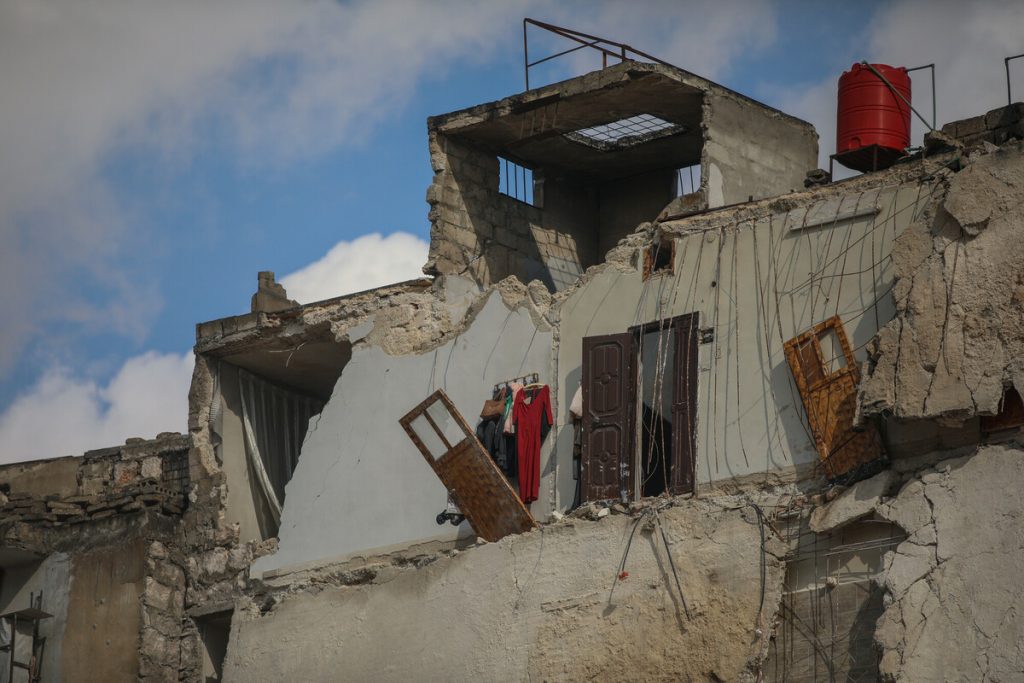Drought in East Africa: “If the rains do not come, none of us will survive”
A large double-decker truck is quickly making its way towards Garadag from Fadigaab, in the south of Somaliland. It is carrying nine families and what is left of their herds: some sheep, goats, and donkeys. It is even carrying their homes – herders can dismantle their huts quickly and rebuild them in different locations.
This is what pastoralists have done for centuries, following the movements of their animals and the changing seasons. However, because of the drought’s effects on the Horn of Africa, these nine families have had to move six times in the last six months. They continue to seek drinkable water for themselves and their animals, hoping they will be able to hold out for the soon-to-come rainy season.
The region was hit by an 18-month drought caused by El Niño and higher temperatures linked to climate change. Now, in the midst of even more drought, the situation has become catastrophic, causing crops to fail and cattle to die. In addition, the lack of clean water increases the threat of cholera and other diseases.
Across Ethiopia, Kenya, Somalia, and the autonomous region of Somaliland, 10.7 million people are facing severe hunger. There are increasing concerns that the situation will get much worse, as rainfall in March and early April was very low in places. Poor rainfall is forecast for April through June, the end of the rainy season.
Read Oxfam’s new report, “How climate change is helping fuel a massive hunger crisis in East Africa“.
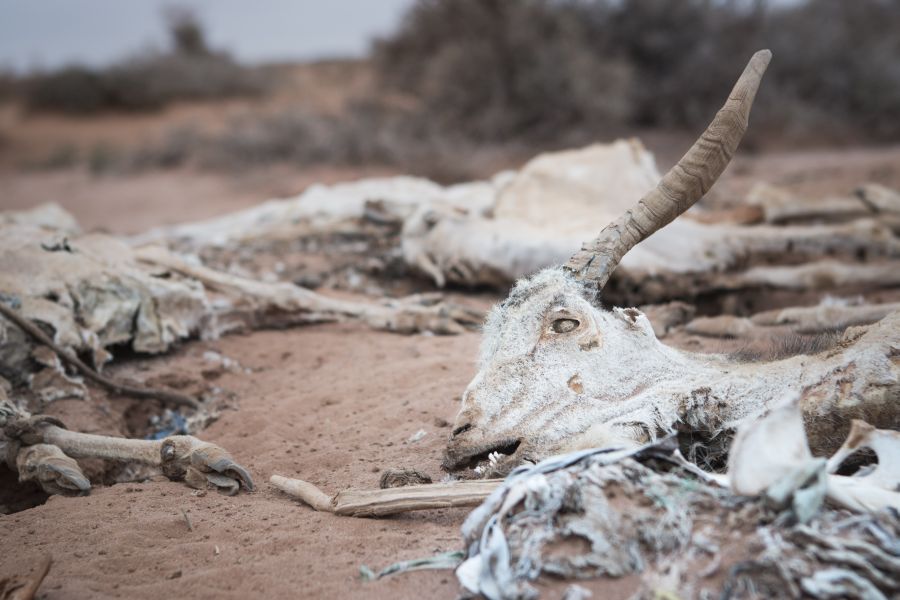
Droughts are not new to this region, but they are intensifying. There is growing scientific analysis suggesting that climate change aggravates their impacts.
For many in East Africa, the current drought is the worst in living memory. We are now in the third year of very low rainfall coupled with high temperatures, which have exhausted people’s ability to cope with drier conditions and scarce and unpredictable rains.
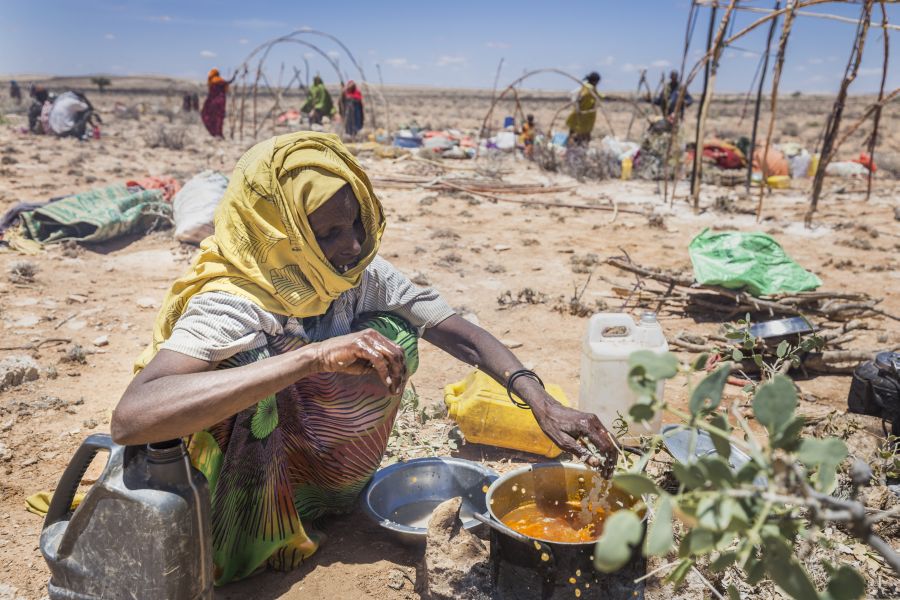
Pastoralists are most at risk
Nomadic pastoralists are among the hardest hit by this drought, which has left exceptional numbers of people without most or all of their livestock. They live on harsher lands and receive little support from governments. More frequent droughts are making it harder for people to recover between shocks, making them more vulnerable to the next crisis.
In eastern Somaliland, which has been ravaged by this catastrophe, Oxfam has witnessed entire communities on the move, desperately searching for water and pasture, and chasing the rains that have been forecast but are yet to materialize. Many say that this drought is worse than the one in 2011, which left a quarter of a million people dead and vast herds of livestock completely wiped out. This left survivors without the means to feed themselves or make a living.
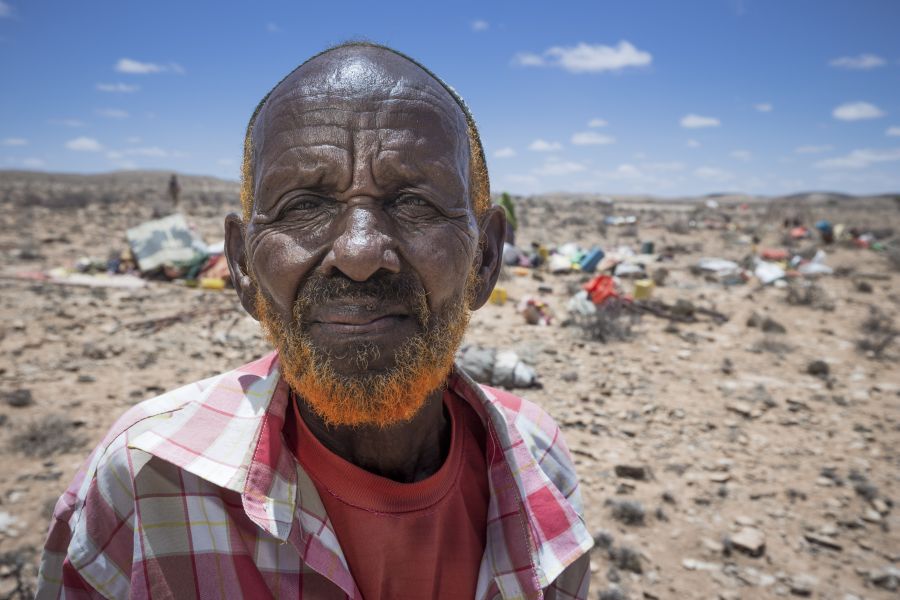
Mahmoud Geedi Ciroobay (picture above) is from Kalsheikh – 60 km away from where the pastoralists have settled near Garadag.
“This drought is slowly killing everything,” says Mahmoud. “First it ‘swept away’ the land and the pastures; then it ‘swept away’ the animals, which first became weaker and weaker and eventually died. Soon, it is going to ‘sweep away’ people. People are sick with flu, diarrhoea, and measles. If they don’t get food, clean water, and medicines, they will die like their animals.”
Right up to six months ago, Mahmoud’s family used to have over 1000 animals: 400 sheep, plus goats and camels. Then, they started moving in search of better pastures and more water for their animals. They moved to the area of Erigavo, then outside of El Alfweyn. “In the last six months, we have moved six times in total – and every time we move, we lose more livestock.”
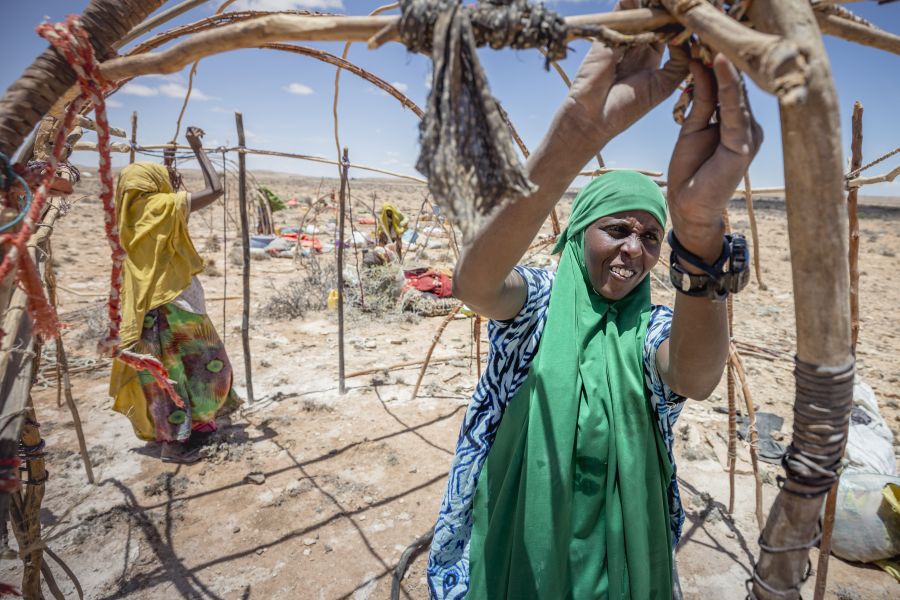
Farhia Mohamad Geedi (pictured above) is 25 years old. She came here with her four-year-old daughter, Zeinab, her mother, and the rest of her family in hopes of finding new pastures for the few animals in their care. They used to own 100 goats and 100 sheep, but none survived.
“Our animals started dying in October-November. The last animals we had died in February. So now we help our relatives looking after theirs. Together, we all decided to move here, as there are some pastures nearby and it could be better for our livestock,” she says.
“We have moved four times in the last four months. We were trying to follow the rain – moving according to where the rains were supposed to come. But they haven’t. If the rains don’t come, none of us will survive”.
Photos: Petterik Wiggers/Oxfam
East Africa faces a race against time
Oxfam is launching a humanitarian response to the drought in Somaliland where, together with our long-standing networks and partners, we can have the most impact as quickly as possible.
We will initially reach a minimum of 20,000 people with clean water, sanitation, and cash assistance so that they can buy much-needed food and medicine. We hope to significantly expand our response to reach a further 200,000 people over the next 12 months.
